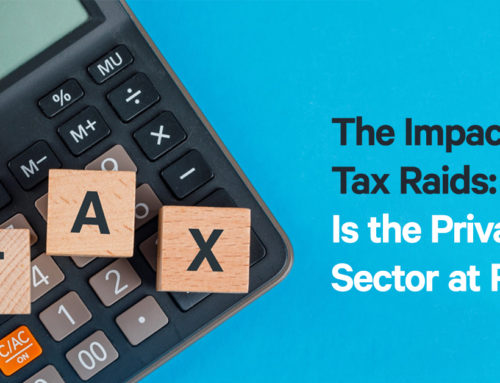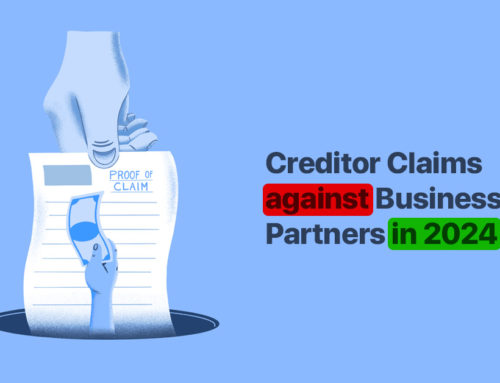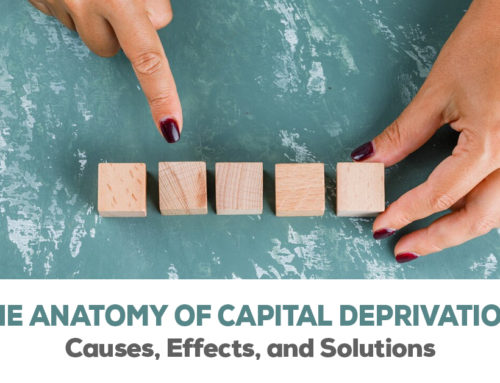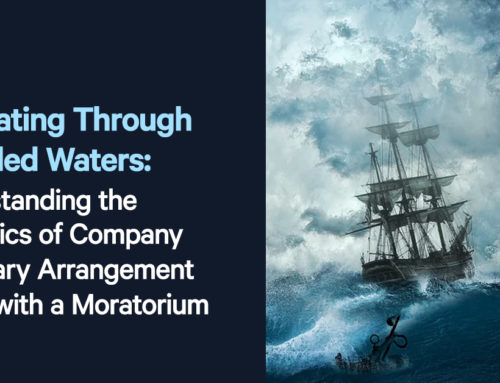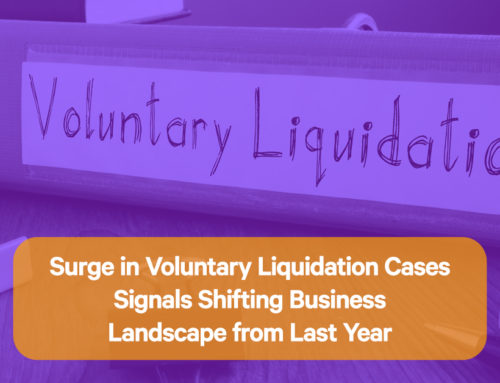The number of businesses that can say 2020 has been a good year may be less than previous years. Due to COVID-19, just about every business across the UK has suffered financially and this trend doesn’t look like it’s slowing up any time soon. Insolvency practitioners have never been so busy. Sadly, companies throughout the nation are facing rising debts and little to no sales, forcing them to consider company liquidation, or they have been issued with a notice by their creditors.
This situation is enough to strike fear in just about any business owner and raises many questions about when the right time to liquidate a company is and what the process involves. So, let’s give you a definition of company liquidation: it is the procedure whereby a limited company is brought to a close by an appointed insolvency practitioner or liquidator.
When an insolvent limited company is wound up, its assets are realised and any subsequent funds are distributed to creditors in a predefined order of priority. In addition, it is struck off the Companies House register, which is known as dissolution.
Types of company liquidation
There are two types of company liquidation – voluntary and compulsory. With voluntary liquidation, there are two different procedures; a Creditors Voluntary Liquidation (CVL) and a Members Voluntary Liquidation (MVL). Both of these procedures are started by the company’s directors and shareholders.
Compulsory liquidation is initiated by the company’s creditors, such as HMRC, through a court order. A creditor must be owed over £750 to apply to a court for compulsory liquidation of a company.
What is a Creditors Voluntary Liquidation (CVL)?
If a company is insolvent, i.e. does not have the resources to pay their creditors, the directors and shareholders of the company may decide to enter into a Creditors Voluntary Liquidation. Initiated by what is called a shareholders’ resolution, the company appoints a liquidator, usually the insolvency practitioner they have been working with (if this is the case). The company then enters into the liquidation process that will ultimately close the company, with any realised assets distributed to the creditors once the liquidators fees have been settled.
With a CVL, the directors of the company are able to write off limited company debts that are unsecured. However, any debts that have been personally guaranteed by the directors are the responsibility of the guarantor.
It is worth noting that a CVL is often considered the last resort and comes after efforts to save the company have been made by directors and shareholders working with an insolvency practitioner. In addition, a director that has been part of a CVL is able to start another business as long as it does not have the same name, and is not in exactly the same line of work.
What is a Members Voluntary Liquidation (MVL)?
If a company is solvent but the directors and shareholders want to close the business for a particular reason. This can be retirement, restructuring or the company has reached the end of its lifecycle, a Members Voluntary Liquidation is the right option.
For a company to be considered solvent it must have the necessary resources to pay off all its creditors over a 12 month period, i.e. it can afford to pay its VAT or PAYE to HMRC.
The liquidation process is managed by a liquidator appointed by the directors and shareholders of the company and they must sign a declaration that states there are no creditors remaining. The liquidation process for an MVL is similar to that of a CVL. Assets are realised but the proceeds are distributed to the directors and/or shareholders of the company after the liquidator’s fees have been paid.
What is compulsory liquidation?
A company that has received a winding up petition from the court is under a compulsory liquidation, usually initiated by a creditor that wants their debt paid. Usually, this is a last resort undertaken by a creditor that has failed to receive payment through other forms of negotiations. An official receiver is appointed by the court to handle the compulsory liquidation who take control of the company from the directors, although at least one director remains to work with the official receiver in winding up the company.
This type of company liquidation is not voluntary and directors’ conduct is reported to the UK’s Secretary of State once the liquidation process has been completed. There may be serious repercussions for any director that fails to cooperate with the official receiver or that has been involved in director misconduct or or a fraudulent act.
When should a company be liquidated?
It is more than likely that an insolvent company that is not able to pay their creditors will face compulsory liquidation. This is particularly true if they owe at least one of their creditors in excess of £750 and have either ignored or not been able to pay through other means of negotiation.
A creditor is legally allowed to apply to a court for a winding up order and the directors and/or shareholders of the company have no choice but to work with the appointed liquidator to dissolve the company.
If the company is insolvent and has tried every other means to pay their creditors and worked with an insolvency practitioner to save the business the last resort may well be to enter a voluntary company liquidation process. The business may be saved by rearranged assets sales, company restructuring and renegotiation of debts.
When it comes to an MVL, it is often the case that the business is solvent and is being liquidated for a specific reason. For example, it could be due to a director’s or shareholder’s retirement, company restructuring, asset realisation to take advantage of tax opportunities or that the business has come to the end of its usefulness. With all forms of liquidation, it must be managed by a licensed insolvency practitioner.
If your business is struggling with debts or you are thinking of winding up a solvent company voluntarily, the first step is to seek professional advice. Our highly experienced professionals at Leading UK are on hand to help and advise on the process.


